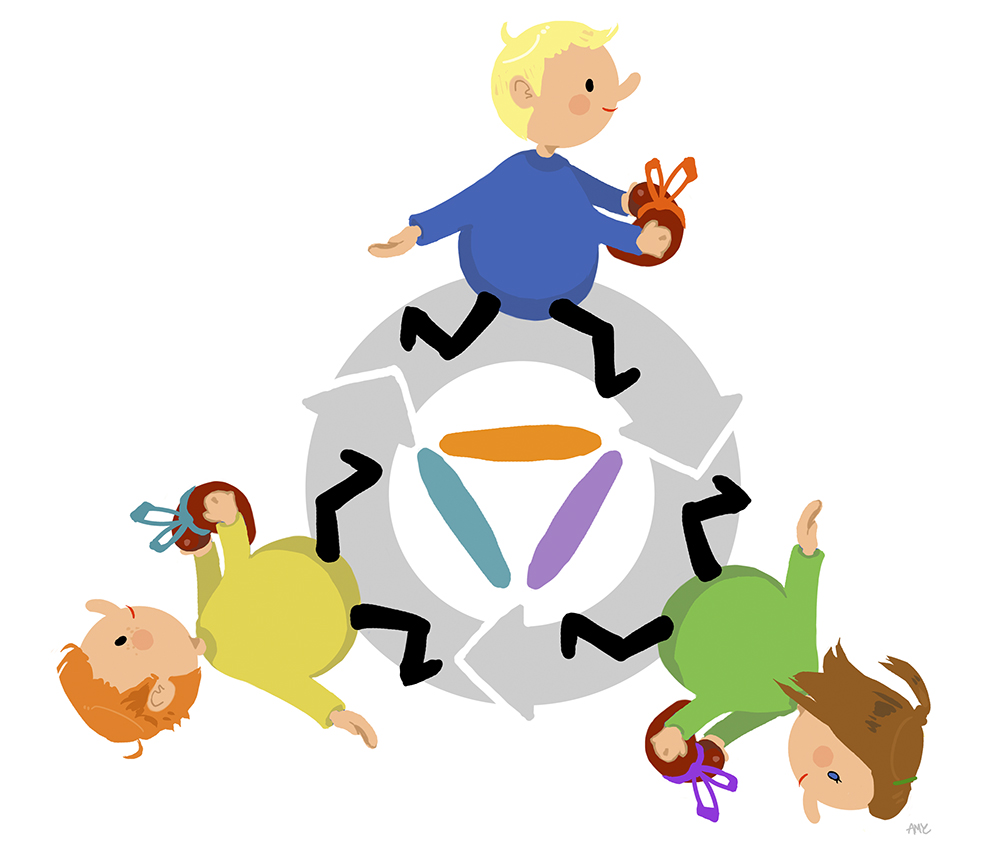Last week, two people gave up kidneys to donate to complete strangers living on dialysis at the Ronald Reagan UCLA Medical Center. The reason for their generosity? Their sick loved ones received kidneys, too.
The two donors have been labeled as “altruistic,” but it’s highly unlikely that they would have given up their organs if someone close to them had not been desperately in need of one.
But that isn’t a bad thing. In a society that tells us that the true joy of giving comes from getting nothing in return, it is hard to admit we are more driven by tangible incentives than the warm, fuzzy feeling of generosity. Although we have the capacity to empathize, our pity doesn’t seem to translate into action as much as we’d like unless we’re connected to the problem ““ or if there’s something in it for us.
Greed and vanity might just be the best way to motivate individuals to make a sacrifice, and the best way to feed those feelings is to emphasize your benevolent image. Won’t you donate $5 to the breast cancer society for that free T-shirt or a shiny pin you get to wear as a badge of your “kindness”?
As much as we hate to admit it, we’re prone to remaining apathetic toward a cause if we are unable to reap immediate gains from helping out. Non-action on global warming is a prime example of most Americans’ reluctance to change: They see no immediate benefit to conserving energy (except, perhaps, some credit on their gas and electricity bill).
Incentives, then, can be used as valuable resources that appeal to our selfish human natures. Many organizations have already realized this, though they’ll cleverly convince you that it’s the cause motivating you and nothing else. You should have no fantasies about why you’re making a “donation” to Gap to get a PRODUCT (RED) T-shirt. It’s more about your own superficial gains than the moral cause. You’re giving to the World Wildlife Fund for the trendy backpack and to feel good about yourself, not really because you care about endangered pandas. Okay, maybe you do, but not if you weren’t getting that backpack. The cause is like wrapping paper on a present: a way of making it look a little nicer.
Some of these organizations are making genuine contributions, but don’t be fooled by corporate gods like Starbucks that will try to convince you that the pennies they donate per cup of coffee to people in Africa is a grand humanitarian gesture. They aren’t. A few cents out of the approximately $4 they charge you per cup and the billions of dollars they rake in every year in profits (not to mention their controversial fair-trade policies) make your donation a mere gesture.
I’m not saying don’t buy their coffee. Just don’t buy it if that’s your idea of philanthropy. Instead of supporting such propagators of consumerism, donate the money to an organization with more transparency. Likewise, don’t buy into the millions upon millions of pink products out just because they allegedly benefit breast cancer research. Those are phony reasons to make a purchase and a bad excuse for real philanthropy.
Speaking of laptops, the “Give One, Get One” program through laptop.org was a legitimately charitable thing to do. It gave an XO Linux laptop to a child in a developing country for every one that was purchased ““ a great way to spread technology to developing countries. It was almost like the kidney exchange program, only more accessible for those of us without kidneys to spare. Unfortunately, now that the program is over and donors can only buy laptops for impoverished children and not their own, I suspect people will be much less willing to participate.
Luckily, other programs remain for those of us seeking to make an altruistic gesture beyond our choice in coffee. Microlending is where donors give small amounts of money (as low as $25) to help someone in a developing country start a business, most of which have a 100 percent return rate. These low-risk investments don’t give back interest, but it seems like a no-brainer to loan money to someone who not only desperately needs it but also uses it wisely.
Ultimately, though, it seems that the biggest motivator is empathy based on personal experience. The two most generous groups of Americans (in terms of income) are those making over $100,000 annually and ““ get this ““ those making less than $20,000 a year, otherwise known as the “working poor.” Among them is Laurie Tanner, who said in an interview with ABC, “I remember a time when honestly, I couldn’t afford a gallon of milk for my son. And I had a good friend that stepped in and helped me, and I’ve never forgotten that.”
That’s also the reason why the kidney exchange program is so effective: It taps into the pain connected to an emotional experience. It seems that you can only truly understand another’s plight if you’ve been through it or are very close to it yourself.
As we all struggle through a time of financial hardship, we’ll probably need incentives more than ever to willingly part with our hard-earned money. What we need now, however, are more creative incentives to motivate people to participate in a variety of activities, from elections to protests.
For those who have given their kidneys with nothing in return but an empty cavity in their body, my hat’s off to you. By risking your life for an individual you will likely never even meet, you are far more generous than most of us can claim. And if you’d rather have a kidney-for-a-kidney world than an eye-for-an-eye one, I’m your biggest supporter.
Feeling motivated? Then e-mail Nijhawan at anijhawan@media.ucla.edu. Send general comments to viewpoint@media.ucla.edu.
